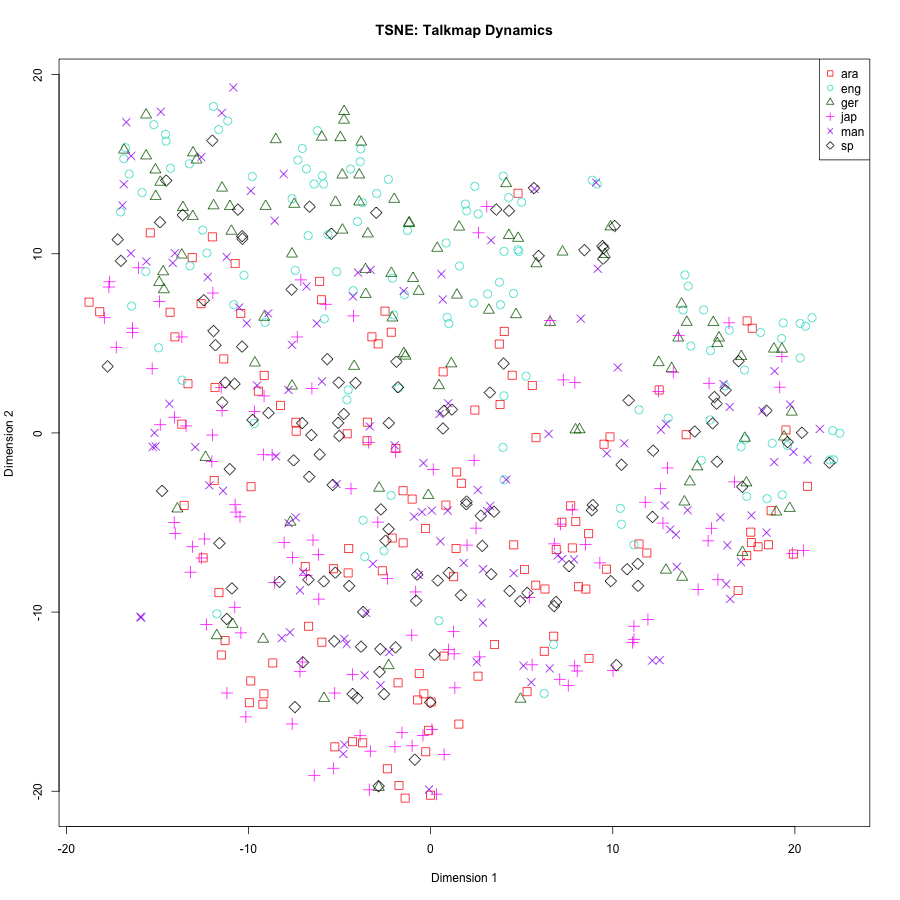ChatGPT: Theme and Variations
[This is a guest post by Conal Boyce]
Here I’ll recount some recent exchanges I had with ChatGPT. Given the scope of ChatGPT, and the fact that it’s in a self‑described intermediate state, our various impressions of it as of February 2023 must be like those of the three blind men examining an elephant — except the elephant is running. In the heart of the professional programmer, ChatGPT creates existential dread since it can spit out in a few seconds a page of code which would have required hours or days for him/her to write and debug — and that only after a lifetime of coding. For the rest of us, for the moment at least, it just provokes curiosity perhaps.
Read the rest of this entry »
